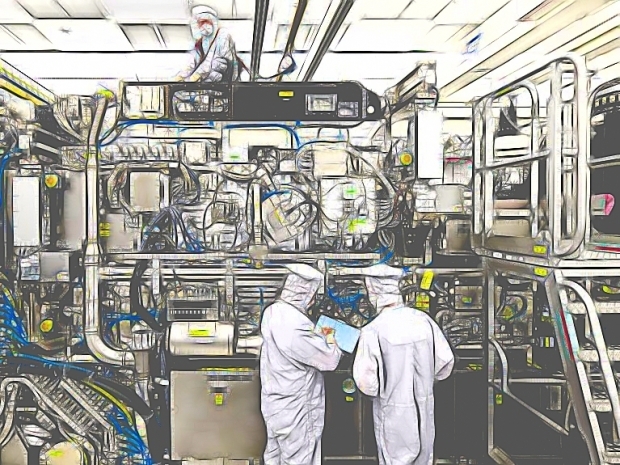Big G has been consulting its Tarot cards and reached the conclusion that the short-term outlook for the semiconductor market has deteriorated further. Global semiconductor revenue is forecast to be $532 billion in 2023.
Gartner Practice Vice President Richard Gordon dusted off the old nautical cliches about it being all about persisting economic headwinds persisting, but added the comment that weak end-market electronics demand is spreading from consumers to businesses, creating an uncertain investment environment.
He pointed out that there was an oversupply of chips which is elevating inventories and reducing chip prices, is accelerating the decline of the semiconductor market this year.
The memory industry is dealing with overcapacity and excess inventory, which will continue to put significant pressure on average selling prices (ASPs) in 2023. The memory market is projected to total $92.3 billion, a decline of 35.5 per cent in 2023. However, it is on pace to rebound in 2024 with a 70 per cent increase.
The DRAM market will witness significant oversupply for most of 2023 due to weak end-equipment demand and high inventory levels despite flat bit production by DRAM vendors. Gartner analysts foresee DRAM revenue will decline 39.4 per cent in 2023 to total $47.6 billion. The market will move to undersupply in 2024 and DRAM revenue is set to increase 86.8 per cent as pricing rebounds.
Over the next six months, Gartner expects the dynamics for the NAND market will be similar to the DRAM market. Weak demand and significant vendor inventory will create oversupply resulting in strong price declines. As a result, NAND revenue is projected to decline 32.9 per cent to $38.9 billion in 2023. In 2024, NAND revenue is projected to increase 60.7 per cent due to a deep supply shortage.
Gordon said: “The semiconductor industry is facing a number of long-term challenges in the decade to come. The past decades of high volume, high-dollar content market drivers are coming to an end, notably in the PC, tablet and smartphone markets where technology innovation is lacking.”
In addition, COVID-19 and the US and China trade tension have precipitated the deglobalisation trend and the rise of techno nationalism.
“Semiconductors today are seen as a national security issue. Governments around the world are scrambling to build self-sufficiency in the semiconductor and electronics supply chain. This is leading the incentivization of onshoring initiatives across the world.”
He said that the PC, tablet and smartphone semiconductor markets were stagnating. The combined markets will represent 31 per cent of semiconductor revenue in 2023 and total $167.6 billion. “These high-volume markets have saturated and become replacement markets devoid of compelling technology innovation,” said Gordon.
In parallel, both the automotive and industrial, military/civil aerospace semiconductor markets will achieve growth. The automotive semiconductor market is forecast to grow 13.8 per cent, reaching $76.9 billion in 2023.




